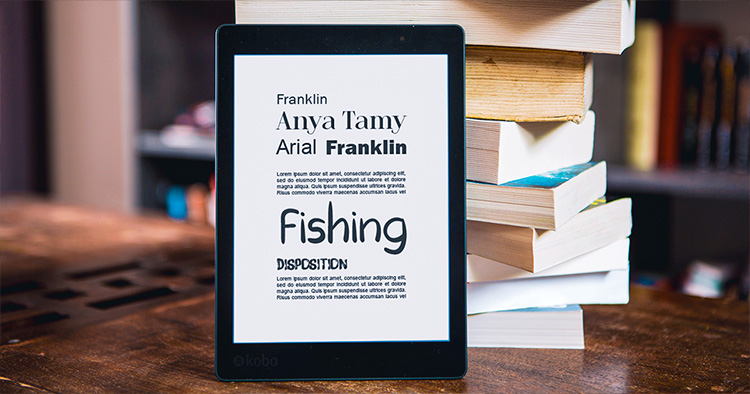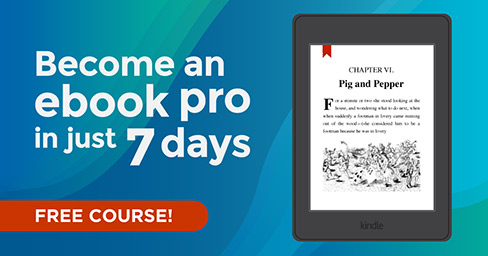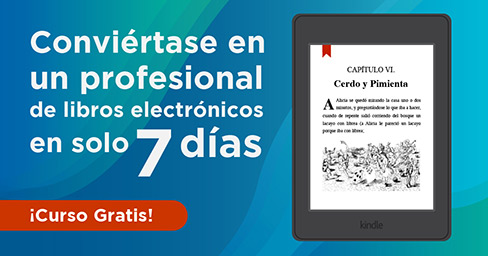Ebook Accessibility: Why and How to Optimize Your Ebook for All Readers
What can you do to make sure that your ebook is accessible to nearly everyone? How can you optimize your ebook accessibility? These are questions we have been researching for a while now, all of which we will answer in this article.
Read
















